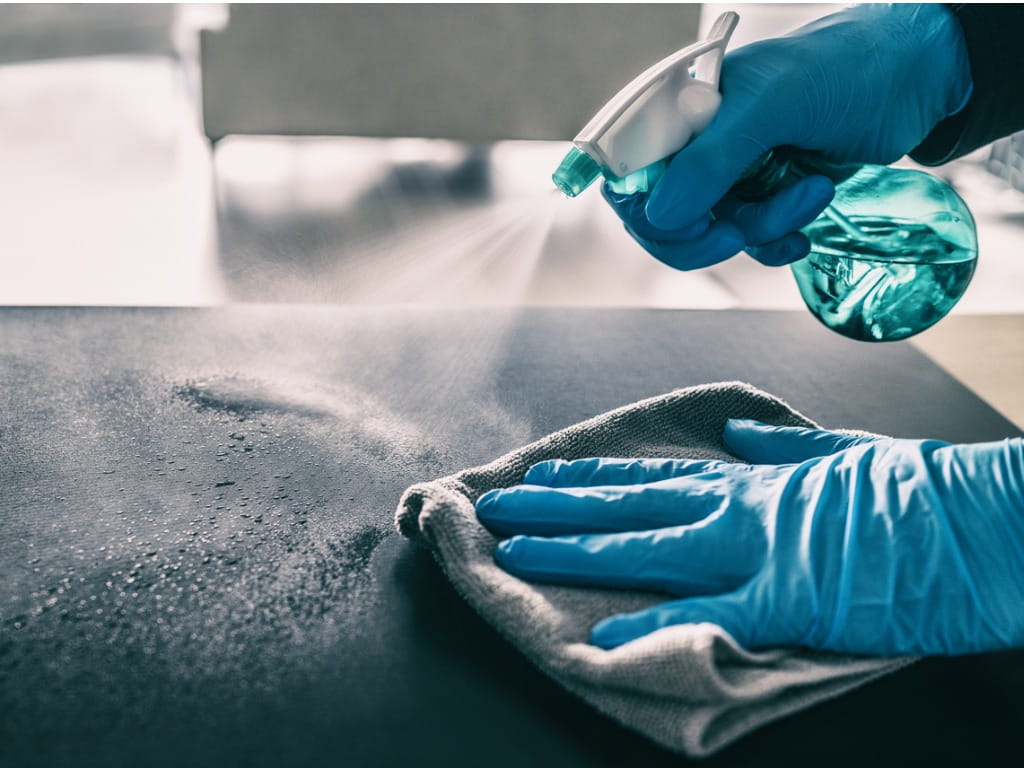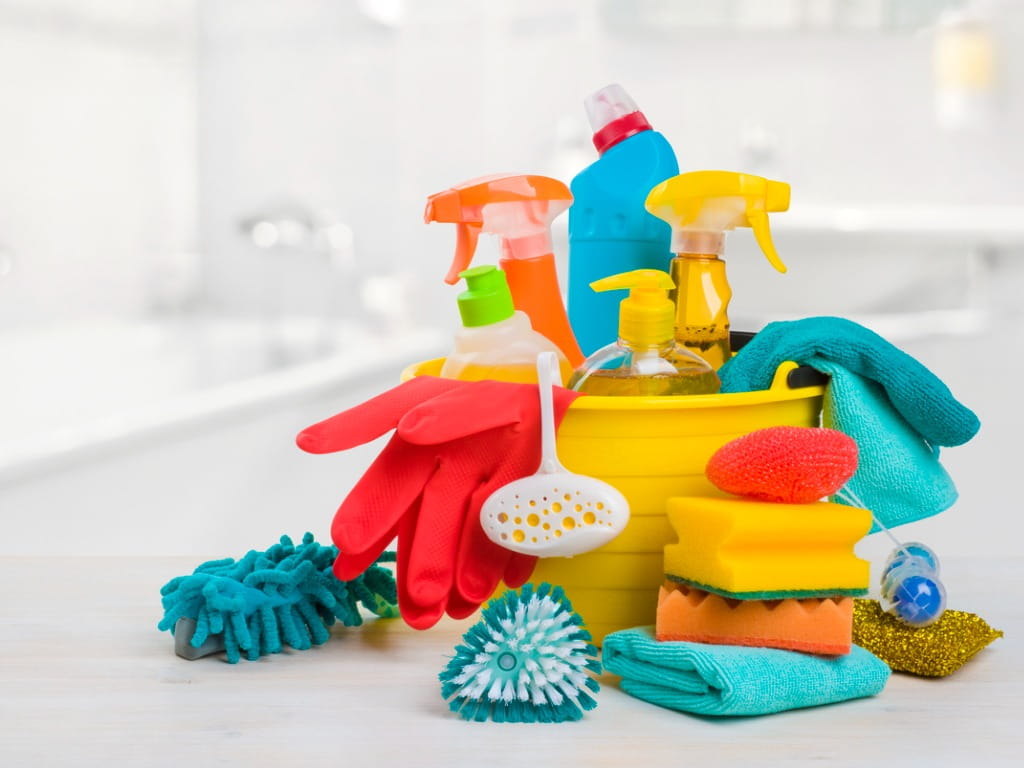What Happens When You Drink Bleach?

The Bottom Line
Household bleach is used for cleaning and disinfecting and can also be used in “bleach baths” as a medical treatment for atopic dermatitis. Swallowing, inhaling, or injecting bleach can cause serious medical problems.

What is in bleach?
Bleach contains sodium hypochlorite and may also contain perfumes, surfactants, and stabilizers. Different brands of bleach products may contain various concentrations of sodium hypochlorite. Sodium hypochlorite breaks down over time, especially when it is stored at higher temperatures or exposed to sunlight. Because of this, it’s important to store bleach as directed on the product label.
Are bleach and chlorine the same thing?
Bleach contains sodium hypochlorite. Sodium hypochlorite, the main ingredient in bleach, is a chemical made from the natural elements sodium, oxygen, and chlorine. Best known as a disinfectant and as the main ingredient of household bleach, sodium hypochlorite’s ability to kill harmful bacteria has been recognized for hundreds of years. During World War I, a chemist named Henry Dakin created a diluted hypochlorite solution that was used to treat wound infections in soldiers. His creation, known as “Dakin’s solution”, is still used as a topical wound care treatment today. Currently, sodium hypochlorite is also used to disinfect foods and drinking water and is used by dentists to kill bacteria during root canal procedures.
How is bleach made?
When pure sodium hypochlorite is dissolved in water, it forms a chemical known as “bleach”. Commercially available bleach is available in different strengths, or concentrations. Traditionally, household bleach products were sold in lower concentrations (3-6% sodium hypochlorite), but some bleach formulations sold for home use (like Clorox® Concentrated Bleach) can contain higher concentrations of sodium hypochlorite. Bleach products are often yellow in color and smell like chlorine.
Can bleach burn skin?
When used as directed for medical purposes as a topical wound treatment, sodium hypochlorite is unlikely to cause significant toxicity. However, bleach can cause poisonous effects, including burns and tissue damage, when it is swallowed or injected into skin and soft tissues. Small swallows of lower concentration household bleach typically cause nausea, vomiting, and abdominal pain. Ingestion of concentrated bleach products can cause more severe injuries, permanent damage to the gastrointestinal system, and death. Accidental injection of dilute sodium hypochlorite solution into oral tissues during root canal procedures causes severe mouth pain, swelling, and tissue damage and scarring. Intravenous injection of sodium hypochlorite results in chemical burns and tissue death.
What to do if you have inhaled bleach
If you have inhaled bleach, move to fresh air immediately and thoroughly ventilate the affected area by opening doors and windows.
Can inhaling bleach cause cancer?
Inhaling bleach is unlikely to cause cancer, but it can cause irritation of the nose and throat. After inhaling bleach, signs and symptoms can include trouble breathing, coughing, and nasal burning.
Are bleach and ammonia the same thing?
Bleach and ammonia are not the same. Along with bleach, household ammonia is a common cleaning product. Ammonia is found in products like Windex glass cleaner. When used together, the combination of bleach and ammonia creates poisonous chloramine gas. Chloramine gas is irritating to the respiratory system and causes throat irritation, nasal burning, and coughing. People who are exposed to high amounts of chloramine gas, or those who have underlying lung diseases such as asthma or COPD, may experience severe symptoms and require medical evaluation after inhalation of chloramine gas fumes.
What do you do if you inhale bleach and toilet cleaner?
When bleach is combined with a toilet cleaner, chlorine gas is created. People who develop any symptoms after inhaling chlorine gas should move to fresh air immediately. Thoroughly ventilate the involved area by opening doors and windows. Seek medical attention, or contact poison control, if symptoms do not resolve or if more severe symptoms develop. Examples of severe symptoms include chest pain, choking, trouble breathing, or feeling faint.
What happens if you drink bleach?
When lower concentration household bleach is swallowed, irritation of the mouth, throat, and gastrointestinal tract can occur. This can result in nausea, vomiting, and abdominal pain. Consumption of concentrated bleach products can lead to permanent gastrointestinal damage and may result in death. If someone swallows bleach, get help online with webPOISONCONTROL or call Poison Control immediately at 1-800-222-1222.
Are bleach baths good for you?
Bleach baths may be helpful in treating atopic dermatitis (eczema) in children and adults. Atopic dermatitis is a medical condition that is characterized by itching and rashes. It affects up to 20% of children and 5% of adults worldwide. In many patients with atopic dermatitis, the bacteria Staphylococcus aureus is present on the skin and in the nose, and the presence of this bacteria can cause recurrent skin infections as well as overall worsening of the inflammatory processes associated with eczema. Since sodium hypochlorite is effective at killing Staphylococcus aureus, scientists have studied whether bleach baths might help reduce the severity of atopic dermatitis in affected individuals. Some research studies have shown that bleach baths are effective in treating the signs and symptoms of atopic dermatitis in children and adults.
What bleach should I use for a bleach bath? Should the bleach be diluted?
The American Academy of Dermatology recommends the use of lower-strength household bleach (6% sodium hydroxide) for bleach baths. The term “bleach bath” is somewhat misleading, as it does not mean that an individual should soak in a tub full of bleach. Rather, bleach baths involve the addition of a half-cup of lower strength (6% sodium hypochlorite) bleach to a bathtub full of water (approximately 40 gallons). Adding this amount of bleach to a full bathtub provides a very dilute concentration of sodium hydroxide (0.005%) to the bathwater.
How do you use a bleach bath?
Individuals typically sit in the bleach bath for 5-10 minutes, twice a week or as directed by their dermatologist. Bleach baths can improve the symptoms of atopic dermatitis. Patients typically tolerate bleach baths without significant side effects, although itching and skin irritation may occur.
Need help after bleach exposure?
If someone experiences unwanted or unexpected side effects after using bleach, contact poison control for expert advice. There are two ways to contact poison control: online at www.poison.org or by calling 1-800-222-1222. Both options are free, confidential, and available 24 hours a day.
Kelly Johnson-Arbor, MD
Medical Toxicologist
For media inquiries, please contact osterthaler@poison.org.
Poisoned?
Call 1-800-222-1222 or
Prevention Tips
- Use household products only as directed on the package label.
- Wear protective gear, such as rubber gloves and eye protection, when working with bleach.
- Avoid mixing chemicals like bleach and ammonia or bleach and toilet bowl cleaners.
- Do not inject bleach or other disinfectants into your skin.
This Really Happened
A 22-year-old man swallowed 22 pills and injected insulin and sodium hypochlorite into a vein in his left arm. He arrived at a hospital in a comatose state and had a large area of green discoloration, consistent with a chemical burn, present at the left arm injection site. Over the next two weeks, the burned tissue turned necrotic, and he developed nerve damage in the affected area. He underwent multiple surgical procedures, including a soft tissue reconstruction, and was discharged to a psychiatric facility after several weeks of hospitalization.For More Information
References
Bin Mahmoud AZ, Aldekhayel S. Sodium-ypochlorite injection in antecubital fossa: A case report and literature review. Int J Surg Case Rep. 2021 Oct;87:106442.
Maarouf M, Shi VY. Bleach for Atopic Dermatitis. Dermatitis. 2018 May/Jun;29(3):120-126.
Poisoned?
Call 1-800-222-1222 or
Prevention Tips
- Use household products only as directed on the package label.
- Wear protective gear, such as rubber gloves and eye protection, when working with bleach.
- Avoid mixing chemicals like bleach and ammonia or bleach and toilet bowl cleaners.
- Do not inject bleach or other disinfectants into your skin.
